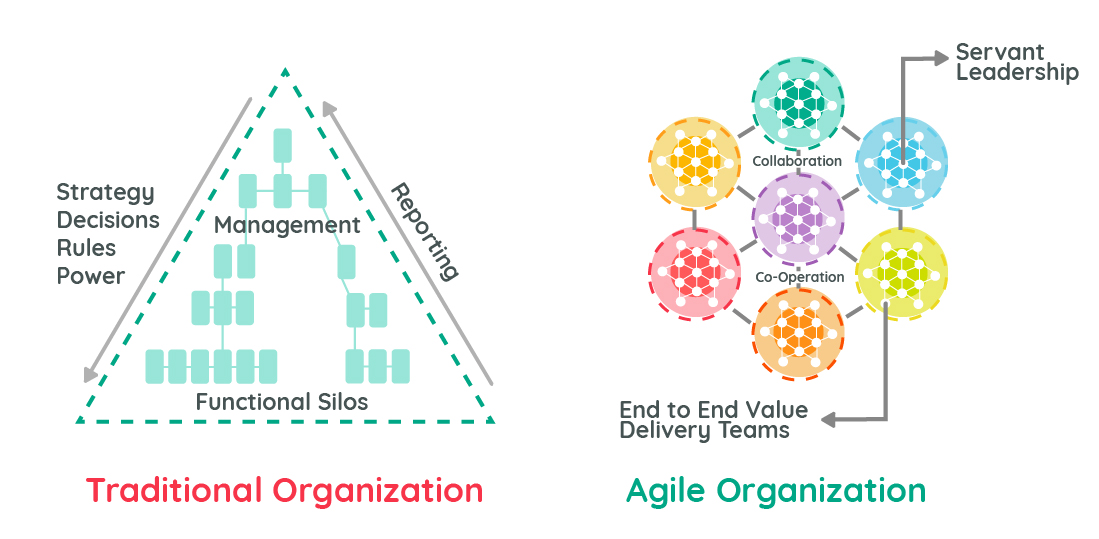Are you happy with the extent your team depends on you to move things forward?
How do your team members feel about being (un)empowered to make decisions?
This post briefly expands upon David Marquet’s view of leadership as well as my previous statement that it is best enabled through Agile.
To get the best out of your business, you need to get the best out of your people. An obvious way to accomplish this rationale is by unleashing the thinking potential of your employees. Encourage them to engage in their own ideas rather than depending on yours and observe how often this invigorates them to go beyond the call of duty. Establish a controlled framework where they can make decisions on their own and learn from their experiences as they go. Instead of helping your team with tactical matters, allow yourself to focus on delineating strategy so that your team members have a real sense of purpose to stimulate their newly-found autonomy. Autonomy does come with a catch. It does not relieve you of your duty to coach more junior team members until they reach the desired levels of mastery. Autonomy also needs to be balanced with accountability. While it makes sense for those closest to the work to make most of the decisions, there is also no excuse for them not to make their progress transparent.
Agile leadership burgeons people-first leadership and actually depends on it for its survival. This approach is most commonly called servant leadership, a style being practised in some of the top-ranking companies due to its success. Applying servant leadership is no easy feat, however. Scrum.org’s blog helps explain how servant leadership fits into organizational structures.

Achieving a flatter organizational hierarchy is a challenge that goes beyond the scope of this post, although if this is of interest, Dr John Kotter’s video is a quick and visually intuitive introduction to the topic. Scrum is a smaller scale tactic that might be easier to implement, as each of its roles ideally should already promote leadership. Product Owners should act as entrepreneurs for their products. Good Scrum Masters are implicit servant leaders. The team of Developers should “pull” (rather than are given) work into their backlog and should leverage their collective intelligence to decide how to collaboratively solve complex problems. It is up to leaders to help the teams mature into this self-managed state. Ron Eringa has created a great 5-level maturity pattern that leaders can follow to facilitate this.